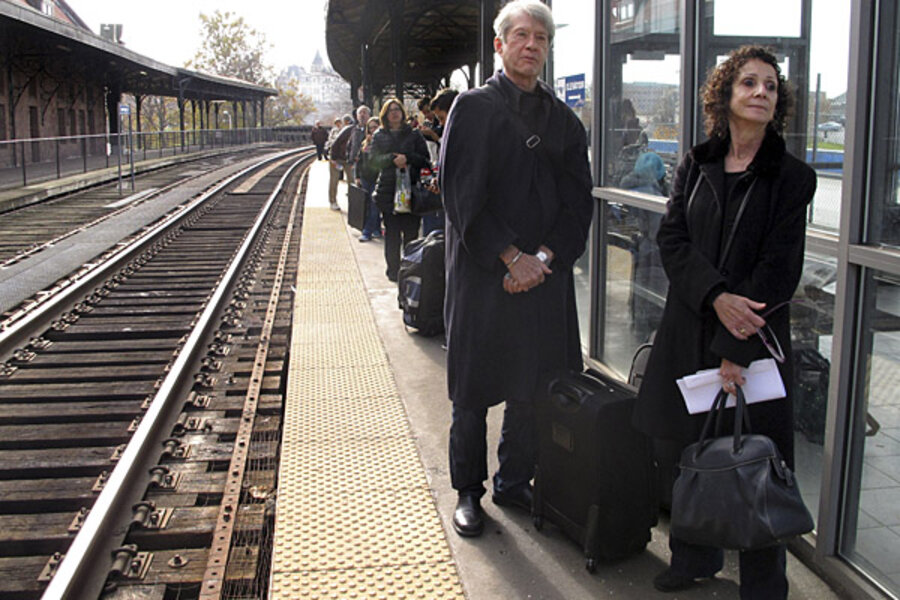No cheap flights? Look for train, bus tickets.
Loading...
A few months ago, I took a trip to Indianapolis. The first leg of the trip – a flight from Des Moines to Chicago – was uneventful, but it was the second leg that got interesting.
I was scheduled to fly from Chicago to Indianapolis, but my flight was cancelled, as was the subsequent flight. After some discussion with the ticketing agent, they essentially agreed to refund my ticket, leaving me in Chicago.
I then went to the local Greyhound bus station, caught a bus to Indianapolis, read my book on the way, and arrived about five hours after I left the airport. Total cost of the trip? $25.
While this wasn’t exactly the most optimal of trips, it did leave me thinking about how I could have used alternative means to plan a trip that maximized my time and my money.
My initial trip planning simply involved booking a flight to Indianapolis. I shopped around a bit, but what I didn’t do was consider the possibility of using other means of travel for one of the legs of the trip – or perhaps for the whole trip.
In fact, there are many opportunities to shave some dollars from your travel if you think outside the box a bit. Here are a few things to look for when planning travel.
Look for cheap flights that don’t involve layovers. Airlines will do all sorts of interesting things when pricing flights. If you can fly to Chicago for half the cost of flying to, say, Milwaukee or Indianapolis, consider just booking that flight and using other travel to finish your trip. The same goes for any cities within a few hours of each other, especially those connected by train.
Use a city’s metro system to easily connect bus stations, train stations, and (in large cities) multiple airports. For example, if you can find a very cheap flight to Chicago Midway, look into using the metro system to get over to O’Hare for another flight. I was able to connect a bus station to the airport by using Chicago’s metro system for just a few bucks.
Be flexible. This really works best if you’re traveling in a flexible fashion. Unless a trip is going to be a long one, I usually try to travel with just a carry-on, which makes it easy to jump from transport to transport.
Set a value for your time. It can be easy to find a cheap travel plan, but often that cheap plan chews up a lot of hours. What is your travel time actually worth? For example, are you willing to add an hour of travel time to save $15? How about $20? It all depends on what you value.
A little bit of creativity with travel can save you a lot of money if you plan ahead and think outside the box when it comes to travel options.
This post is part of a yearlong series called “365 Ways to Live Cheap (Revisited),” in which I’m revisiting the entries from my book “365 Ways to Live Cheap,” which is available at Amazon and at bookstores everywhere.








